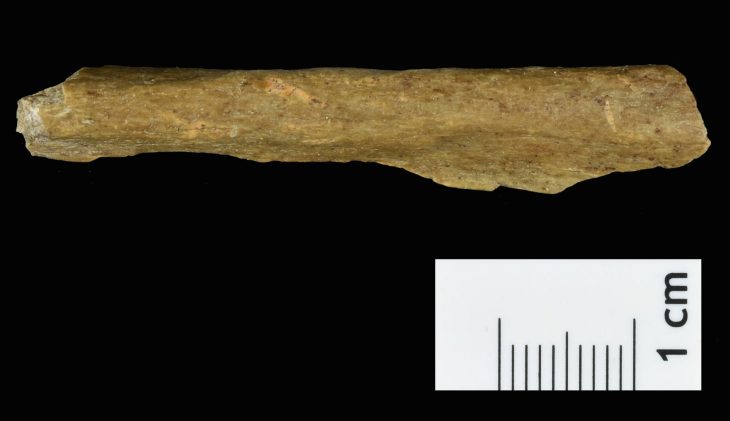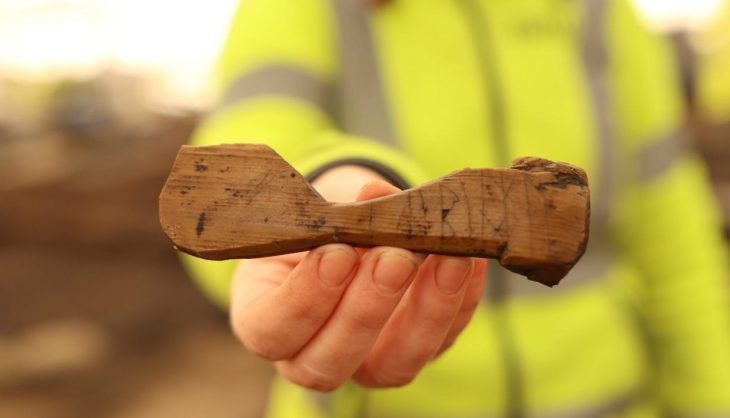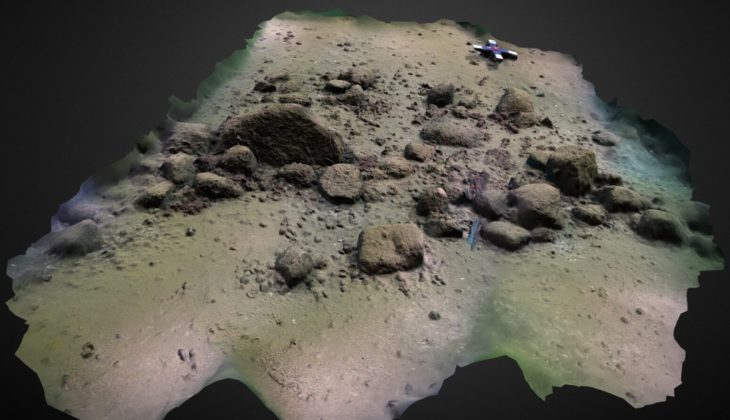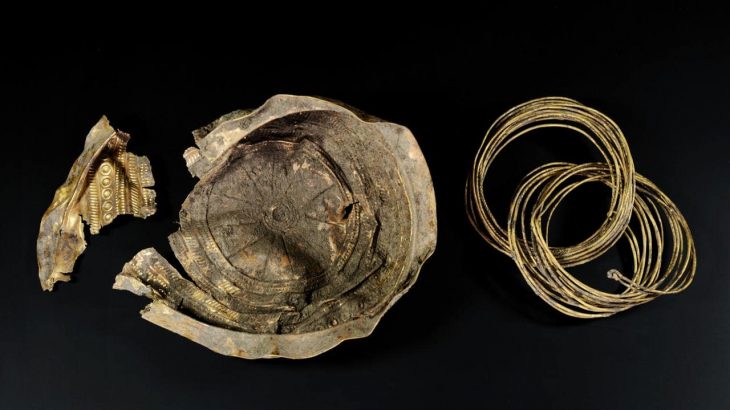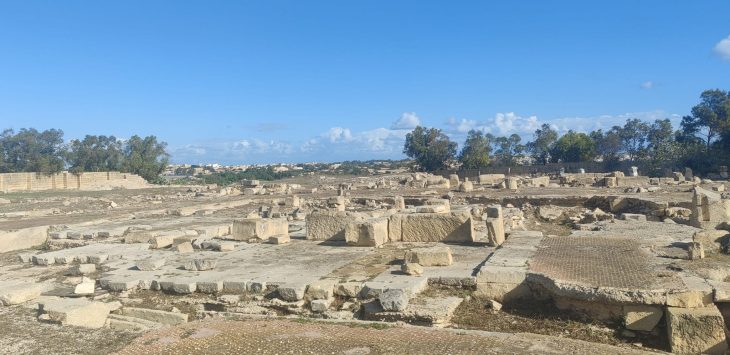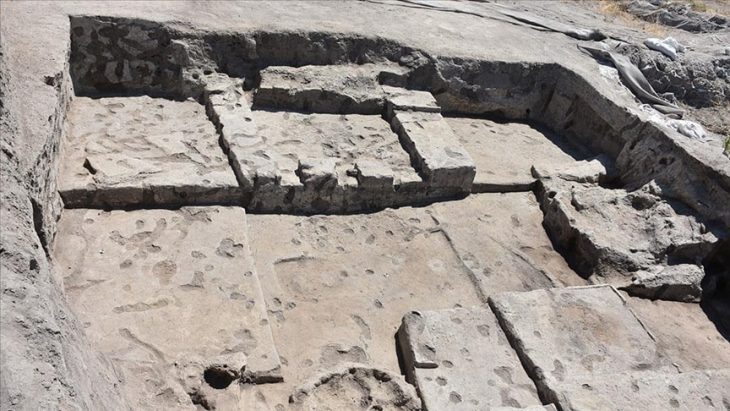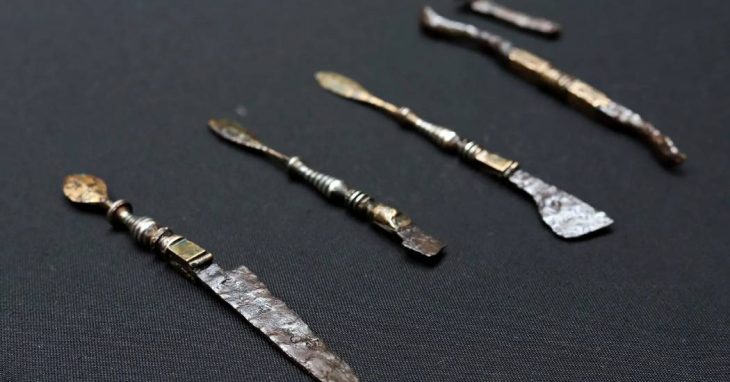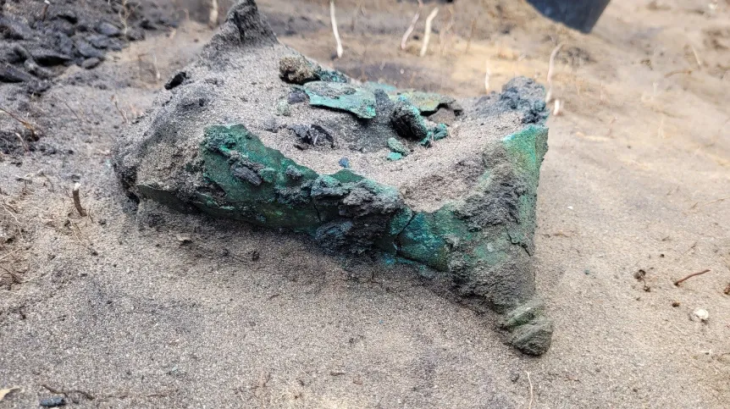Bone slips used for “fortune-telling activities” and “ancient sacrificial ceremonies” were unearthed during excavations at an archaeological site in Puyang, Central China’s Henan Province.
This archaeological site in Puyang, Central China’s Henan Province, was recently revealed to be an ancient Chinese city known as “Gan” from the Warring States Period (475BC-221BC) to the Han Dynasty (206BC-AD220).
A grand wall separates the ancient ruins into two sections. More than 40 ancient tombs have been found. With similar long and narrow designs, these tombs have yielded many burial artifacts, including chess pieces, pottery, and bronze mirrors.
Archaeologist Qu Fulin told the Global Times that based on the tombs’ long and narrow configuration as well as the abundant pottery and bronze relics, they “were very likely built during the Han, particularly the Western Han Dynasty [206BC-AD25].”
The rarest and most surprising item discovered among the site’s relics is a batch of bone slips, totaling 10 pieces. Each was inscribed with the ancient Chinese ordinal system known as the Ten Heavenly Stems and Twelve Earthly Branches, or Tiangan (Dizhi) in Chinese. The remains of cinnabar paint were found on the surface of these bone slips.
The Heavenly Stems and Earthly Branches are ancient China’s systems of keeping time. These two counting systems, originally based on sky observations, became very influential in many aspects of daily life in China and spread to other parts of Asia.
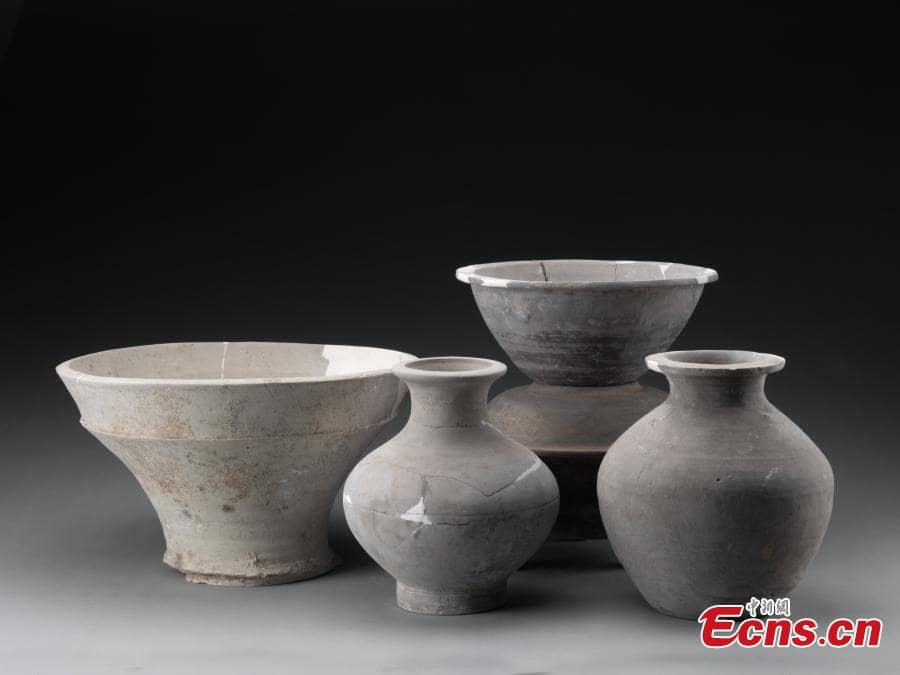
These two systems have been in use since nearly the beginning of recorded history in China, during the Shang Dynasty. Archaeologists discovered a piece of oracle bone from 1000 BC that had been carved with the complete sexagenary cycle, which consisted of Heavenly Stems and Earthly Branches.
Although many people believe that this is a rudimentary calendar used by the Shang rulers, some scholars disagree. For example, Xiong Gang, an expert on Chinese folk culture, told the Global Times that due to the precious nature of bone as a carving material, those slips were unlikely to have been used as a calendar despite the presence of the 10 Heavenly Stems and 12 Earthly Branches, which were mainly associated with ancient Chinese astronomical calendars.
Those bone slips were most likely objects used for “fortune-telling activities” and “ancient sacrificial ceremonies,” Xiong emphasized. He also added that those bone slips were “often made of the bones of animals like oxen,” and they were very representative of Western Han Dynasty culture.
Oracle bones are animal bones that were used in ancient Chinese divination ceremonies. They are commonly made from an ox scapula bone or the lower side of a tortoiseshell.

The oracle bone divination ceremony was a way to seek guidance from deities or ancestors. People sought advice on topics ranging from military strategy, the harvest, childbirth, and hunting, to the cause of the king’s toothache.
The history of the city of Gan was also revealed after the archaeological site was excavated.It was an ancient regime that was once a vassal state dating back to the Western Zhou Dynasty. Similar to the city, there was another ancient city called “Qi” dating back to the Spring and Autumn Period (770BC-476BC) that was also founded in Puyang.
“The discovered ancient city also sheds light on studies into the urban planning and construction systems of the Han Dynasty,” archaeologist Qu Fulin said.
The excavation project was carried out by the Henan Provincial Institute of Cultural Heritage and Archaeology.
Cover Photo: The photo released on Feb. 5, 2024, shows the excavation site of the eastern section of an ancient city wall of the “Gan” from the Warring States Period (475-221 B.C.) to the Han Dynasty (206B.C.- 220A.D.). Photo: CCTV


